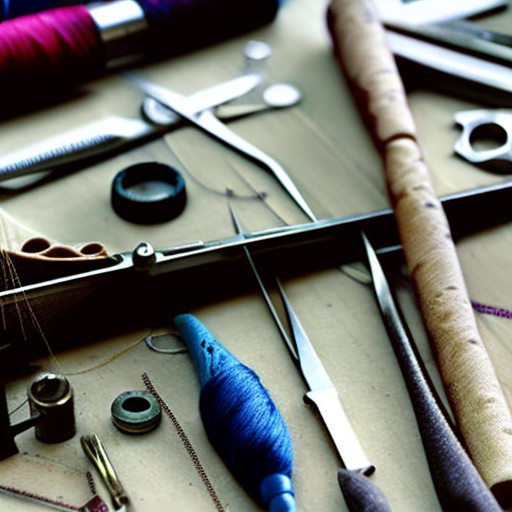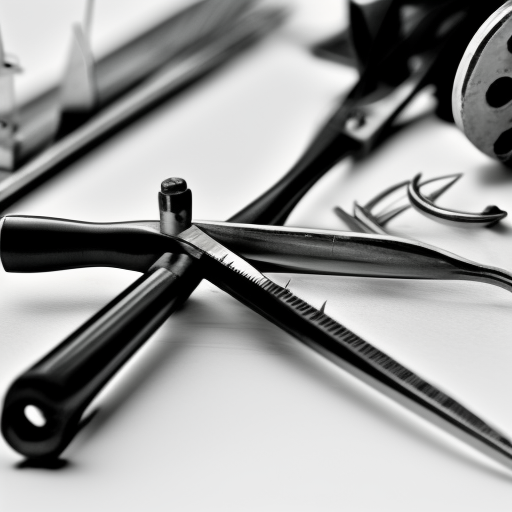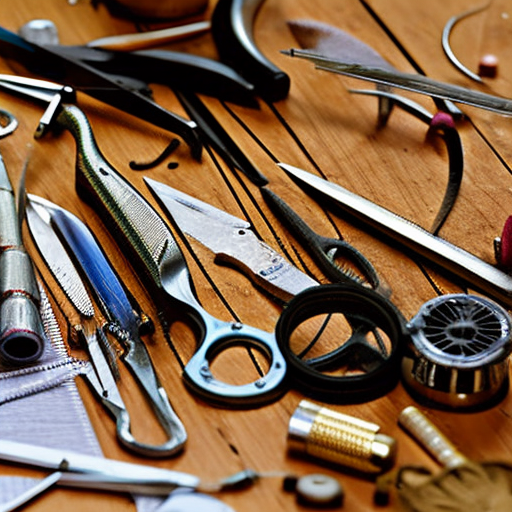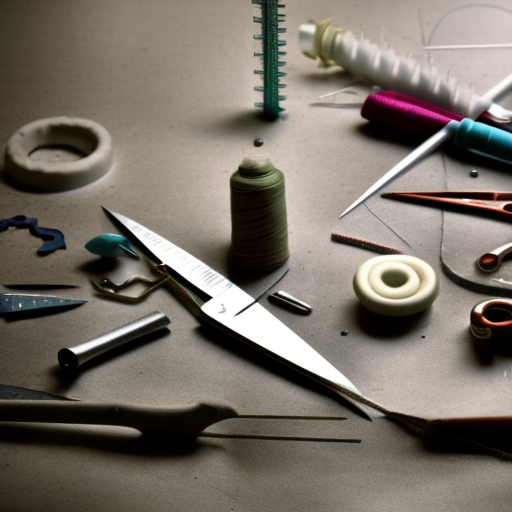If you are new to sewing or have recently acquired your very first sewing machine, you are probably familiar with the confusion that comes with using different types of needles. With a wide array of needle sizes, types, and brands available in the market, it can be challenging to figure out which needle is best suited for your project. However, understanding the purpose and design of each needle can make a significant difference in the success of your sewing endeavors.
Types of Sewing Machine Needles
Sewing machine needles come in a variety of types, including universal, ballpoint, sharp or microtex, embroidery, and quilting needles. Each type is designed to suit a specific fabric type and project, and using the wrong needle can result in damaged fabric or a poor quality stitch.
Universal needles are the most commonly used type and can handle a wide range of fabrics. They are an all-purpose needle suitable for most woven and knit fabrics. Ballpoint needles have a rounded tip that allows them to slip between the fibers of knit fabric without snagging. Sharp or microtex needles are ideal for tightly woven fabrics such as cotton or silk, as they have a sharp, fine point that can easily pierce through the fabric.
Needle Sizes
Besides type, needle sizes are essential to consider when selecting the right needle for your project. The size of the needle relates to the thickness of the shaft, and it can range from size 60 (thinnest) to size 120 (thickest). The standard size for most home sewing machines is 80/12, meaning that the needle has a European size 80 and an American size 12. As a rule of thumb, use a finer needle for finer or lightweight fabrics and a thicker needle for heavier fabrics.
How to Choose the Right Needle
Selecting the right needle can seem overwhelming, but it’s relatively straightforward. The first step is to determine the fabric type you will be sewing and then find a needle type suitable for it. For example, if you are sewing knit fabric, you want to choose a ballpoint needle. Next, consider the weight or thickness of the fabric, and select the appropriate needle size.
After choosing the right needle type and size, you must also make sure it’s compatible with your sewing machine. A needle’s shank has a flat side and a rounded side, and it’s essential to insert it correctly into your machine. Refer to your sewing machine manual to determine the correct way to insert the needle.
Needle Maintenance
Just like changing the oil in a car, needle maintenance is essential to keep your sewing machine running smoothly. It’s advisable to change your needle after every 8-10 hours of sewing, or after completing a project. Over time needles become dull and can cause skipped stitches, fabric damage, and even breakage.
In Conclusion
Understanding the different types of needles and how to choose the right one for your project can make a significant difference in your sewing experience. Take the time to familiarize yourself with the different types and sizes of needles, and you will see an improvement in your stitches and fabric quality. Don’t shy away from experimenting with different needles and techniques to find what works best for you. Remember, the right needle can make a world of difference in your sewing projects.





Such a helpful guide!
Sarah Johnson: Great info!
This guide is invaluable! From picking the right type of needle for a variety of fabrics, to learning how and when to replace it, this Sewing Machine Needle Guide is perfect for the novice and expert seamstress alike. With its easy to follow instructions and helpful diagrams, even the beginner can manage needle maintenance with ease. For the experienced sewer, this guide is a great resource for troubleshooting common sewing machine issues quickly.